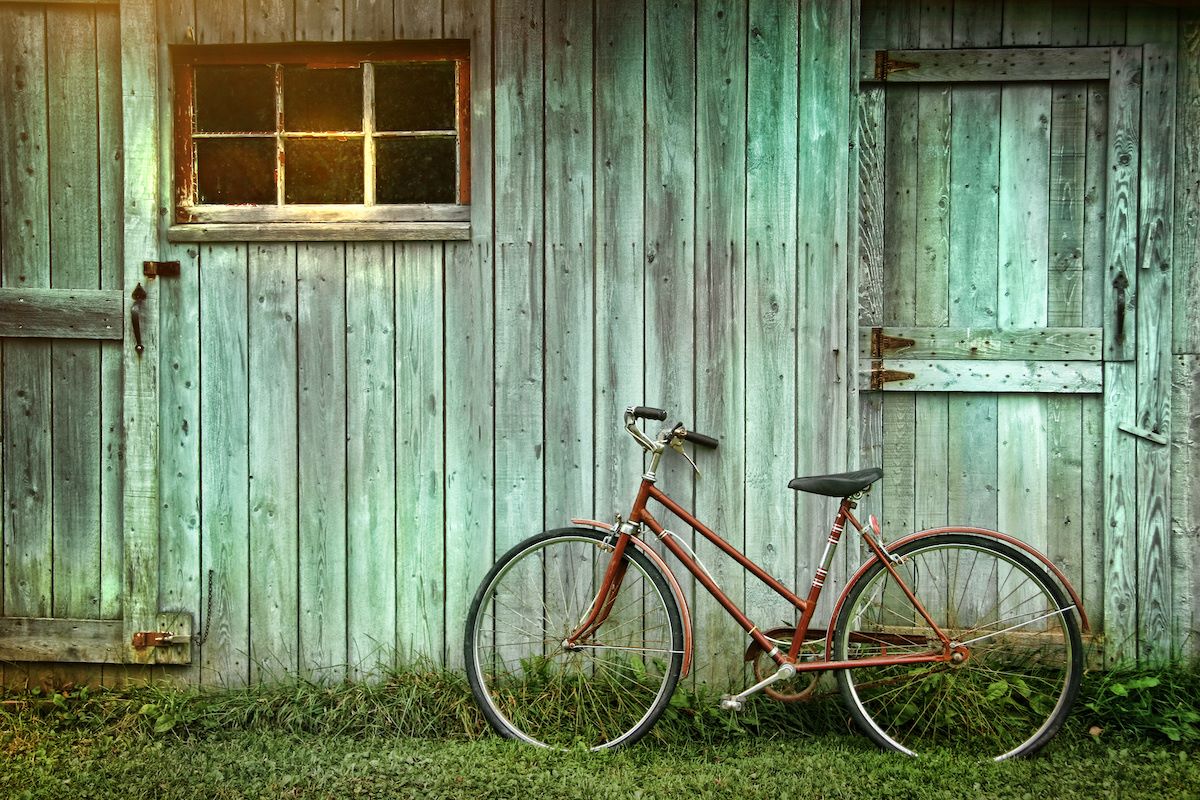

Articles
How To Store Bikes Outside Without A Shed
Modified: January 5, 2024
Learn effective strategies for storing bikes outside without a shed in this comprehensive collection of articles. Gain helpful tips and tricks to keep your bikes protected and organized outdoors.
(Many of the links in this article redirect to a specific reviewed product. Your purchase of these products through affiliate links helps to generate commission for Storables.com, at no extra cost. Learn more)
Introduction
When it comes to storing bikes outside without a shed, finding the right solutions to protect them from the elements and potential theft is crucial. Not everyone has access to a garage or shed, but that doesn’t mean you can’t keep your bikes safe and in good condition. With proper planning and the right equipment, you can ensure that your bikes remain secure, protected, and ready to ride whenever you need them.
In this article, we will explore various methods and tips on how to store bikes outside without a shed. Whether you live in an apartment, have a limited outdoor space, or simply prefer to keep your bikes outdoors, these ideas will help you find suitable and efficient storage solutions.
Key Takeaways:
- When storing bikes outside without a shed, finding a suitable location, using high-quality bike covers, and investing in reliable locks are essential for protecting your bikes from the elements and potential theft.
- Utilizing space-efficient storage solutions such as wall-mounted bike racks, vertical storage options, and bike tents or canopies can help keep your bikes organized, secure, and shielded from weather conditions.
Read more: How To Store Bike Outside
Find a Suitable Location
When storing your bikes outside, it’s important to find a suitable location that offers some level of protection from the elements. Look for an area in your yard or patio that is sheltered from rain, wind, and direct sunlight. This could be under a covered porch, against the side of your house, or even under a tree that provides shade.
Consider the stability of the ground as well. You want to choose a spot that is level and solid, so your bikes won’t tip over or get damaged by unstable terrain. If possible, avoid placing your bikes directly on grass or dirt, as moisture and insects can pose a threat to their condition.
Another factor to consider is convenience. Place your bikes in a location that is easily accessible for you to use whenever you need them. If you have multiple bikes, arrange them in a way that allows for easy removal without having to navigate through other obstacles.
Lastly, think about visibility. Placing your bikes in a visible location can act as a deterrent to potential theft. If your bikes are easily seen from the street or neighboring properties, it could discourage thieves from attempting to steal them.
By finding a suitable location for your outdoor bike storage, you can minimize the chances of damage from the elements and make it more convenient for yourself to access your bikes when needed.
Choose the Right Bike Cover
One of the most important considerations when storing bikes outside is protecting them from the elements. A high-quality bike cover can provide the necessary protection from rain, UV rays, dust, and other potential hazards.
When choosing a bike cover, opt for one that is made from durable, waterproof material. Look for covers that are specifically designed for outdoor use and have features like UV resistance and reinforced seams. This will ensure that your bikes are well-protected from rain, snow, and sunlight.
The size of the bike cover is also essential. Make sure to choose a cover that adequately fits your bike or bikes. It should be large enough to cover the entire bike, including the wheels and handlebars, while still allowing some air circulation to prevent moisture buildup.
Additionally, consider features such as a drawstring or elasticized bottom, which can help secure the cover tightly around the bike, preventing it from blowing off in strong winds. Some covers also have built-in lock holes, allowing you to secure the cover and bike together, adding an extra layer of security.
It’s worth investing in a high-quality bike cover that provides reliable protection for your bikes. This will help prolong their lifespan and keep them in good condition even when stored outside.
Secure Your Bikes with Locks
When storing bikes outside, security is crucial to prevent theft. One of the most effective ways to protect your bikes is by using reliable locks. Here are a few options to consider:
- U-Locks: U-locks are known for their strength and durability. They consist of a hardened steel shackle in a U-shape that can resist cutting and prying. Choose a U-lock with a size that fits snugly around your bike frame and a sturdy locking mechanism.
- Cable Locks: Cable locks are flexible and lightweight, making them convenient for securing multiple bikes or accessories. Look for a cable lock with a thick, braided steel cable and a reliable locking mechanism. Remember to loop the cable through the frame, wheels, and any fixed structure for maximum security.
- Folding Locks: Folding locks are compact and easy to carry. They consist of several interlocking steel bars that can be folded into a compact shape when not in use. Folding locks offer flexibility in securing your bikes, and the hardened steel construction provides excellent resistance against cutting.
- Chain Locks: Chain locks are heavy-duty and offer versatility in securing different types of bikes. Look for chain locks made of hardened steel with a durable lock mechanism. Make sure the chain is thick enough to resist cutting and long enough to secure your bikes to a fixed structure.
Remember, no lock is completely foolproof, so it’s essential to use multiple locks or combine them with other security measures. Lock your bikes to immovable objects like a sturdy post, railing, or bike rack. Ensure that the lock is positioned in a way that makes it difficult for thieves to access and break it.
Investing in high-quality locks may seem expensive, but it’s a small price to pay for the peace of mind that your bikes are secure. By using strong locks and properly securing your bikes, you reduce the risk of theft and increase the chances of keeping your valuable bicycles safe.
Use Wall-Mounted Bike Racks
Wall-mounted bike racks are an excellent solution for storing bikes outside without a shed. They not only save space but also provide a secure and organized way to store your bikes.
There are various types of wall-mounted bike racks to choose from:
- Vertical Bike Racks: Vertical bike racks are designed to hold your bike upright against the wall. This type of rack is ideal if you have limited horizontal space. It allows you to store multiple bikes vertically, saving valuable floor space.
- Horizontal Bike Racks: Horizontal bike racks are mounted on the wall and hold your bike parallel to the ground. These racks are suitable if you have ample wall space and prefer to store your bikes horizontally. They provide easy access and make it convenient to hang and remove your bikes.
- Folding Bike Racks: Folding bike racks are a versatile option as they can be folded against the wall when not in use. This type of rack is perfect for compact spaces where you need to maximize space efficiency.
- Adjustable Bike Racks: Adjustable bike racks allow you to customize the spacing between bikes to accommodate different sizes and types of bicycles. This is especially useful if you have a variety of bikes in your household.
Wall-mounted bike racks offer several advantages. They keep your bikes off the ground, protecting them from dirt, moisture, and potential damage. By keeping your bikes securely mounted on the wall, you also minimize the risk of theft.
When installing a wall-mounted bike rack, make sure to use strong and durable screws or bolts that can support the weight of your bikes. It’s important to ensure that the rack is securely attached to the wall to prevent accidents or damage to your bikes.
Using wall-mounted bike racks not only helps you save space but also provides a visually appealing and organized storage solution for your bikes. Whether you have limited outdoor space or simply want to keep your bikes off the ground, wall-mounted bike racks are a practical and efficient choice for storing your bikes outside.
Consider using a heavy-duty bike cover to protect your bikes from the elements when storing them outside. Look for a cover made of waterproof and UV-resistant material to keep your bikes safe and in good condition.
Read more: How To Store Bikes In A Shed
Utilize Vertical Bike Storage Solutions
If you have limited outdoor space or prefer a more space-efficient bike storage option, utilizing vertical bike storage solutions is a great choice. Vertical storage allows you to store your bikes upright, taking advantage of the height of your available space.
Here are a few vertical bike storage options to consider:
- Bike Hooks: Wall-mounted bike hooks are a simple and affordable option for vertical bike storage. They are installed on the wall, and you can hang your bikes by their wheels. Hooks come in various sizes, so make sure to choose ones that can accommodate the width of your bike tires.
- Gravity Stands: Gravity stands are freestanding racks that hold your bikes upright without the need for wall mounting. These racks usually have arms or hooks that hold the bike frame, and their design relies on the force of gravity to keep the bikes stable. Gravity stands are versatile and can hold multiple bikes.
- Ceiling Pulley Systems: Ceiling pulley systems are a clever storage solution that allows you to hoist your bikes up to the ceiling. This is perfect if you have limited floor space. The bikes are suspended from the ceiling using adjustable hooks and pulleys, allowing you to lift and lower them with ease.
When utilizing vertical bike storage solutions, it’s important to consider accessibility and safety. Ensure that the bikes are securely held in place and won’t easily topple over. If you’re using hooks or stands, make sure they are positioned at a height that allows for easy bike retrieval without straining yourself.
Proper spacing between bikes is also crucial to prevent any accidental scratching or damage. Leave enough space between bikes, especially if you have multiple bikes stored vertically, to avoid any potential collisions or interference between the frames or handlebars.
Utilizing vertical bike storage solutions not only maximizes your available space but also keeps your bikes neatly organized and easily accessible. Whether you choose bike hooks, gravity stands, or ceiling pulley systems, these vertical storage options offer efficient ways to store your bikes outside without taking up valuable floor space.
Install a Bike Tent or Canopy
If you’re looking for a more comprehensive storage solution that offers protection from the elements, consider installing a bike tent or canopy in your outdoor space. These structures provide a dedicated space to store your bikes and shield them from rain, sunlight, and other weather conditions.
Bike tents or canopies come in various sizes and designs. Some are freestanding structures, while others can be attached to a wall or existing structure. Here are some key benefits of installing a bike tent or canopy:
- Weather Protection: Bike tents or canopies provide excellent weather protection, keeping your bikes shielded from rain, snow, and UV rays. This helps prevent rust, fading, and other damage caused by exposure to harsh elements.
- Security: With some bike tents or canopies, you have the option to secure the entrance or sides, adding an extra layer of security against potential theft. This can provide peace of mind knowing that your bikes are not only protected from the weather but also less accessible to unauthorized individuals.
- Easy Access: Bike tents or canopies are designed with convenient access in mind. You can easily walk in and out, retrieve or store your bikes without any hassle. Some designs even feature zippered openings or roll-up doors for easy access and ventilation.
- Versatility: Bike tents or canopies can be used to store other outdoor equipment and accessories in addition to bikes. You can keep your helmets, bike tools, and other gear neatly organized within the structure.
- Portability: Some bike tents or canopies are designed to be portable, allowing you to set them up and take them down as needed. This is particularly useful if you’re renting a property or don’t want a permanent structure in your outdoor space.
When choosing a bike tent or canopy, consider the size and capacity needed to accommodate your bikes. Ensure that the structure is made from durable and weather-resistant materials, such as waterproof fabric or sturdy metal frames, to withstand various weather conditions.
Installing a bike tent or canopy offers a comprehensive storage solution for your bikes, protecting them from the elements and providing added security. It’s an investment that can significantly extend the lifespan of your bikes and keep them in excellent condition.
Use Bungee Cords or Straps for Additional Security
In addition to using locks, another way to enhance the security of your bikes when stored outside is by using bungee cords or straps. These simple yet effective tools can provide an extra layer of protection and stability to prevent your bikes from being tampered with or accidentally knocked over.
Bungee cords and straps can be used in various ways to secure your bikes. Here are a few suggestions:
- Securing Wheels: Use bungee cords or straps to secure the wheels of your bikes to the frame or a fixed structure. This prevents someone from easily removing the wheels or attempting to ride off with your bikes. Loop the cords or straps through the spokes or around the rims, ensuring a tight and secure fit.
- Securing Multiple Bikes: If you have multiple bikes stored together, use bungee cords or straps to interlock the bikes to each other. This adds stability and prevents them from shifting or falling over. Wrap the cords or straps around the frames or handlebars, making sure they are tightly secured.
- Securing Accessories: If you have accessories like baskets, panniers, or bike lights attached to your bikes, use bungee cords or straps to secure them. This ensures that they remain in place and reduces the risk of theft or damage.
When using bungee cords or straps, be mindful of not placing excessive pressure on any bike components or causing any damage. Make sure the cords or straps are tight enough to provide security but not so tight that they put unnecessary strain on your bikes.
It’s also important to regularly check the bungee cords or straps for any signs of wear or damage. Replace them if necessary to maintain their effectiveness in providing security for your bikes.
By using bungee cords or straps as an additional security measure, you can add an extra level of protection to your bikes when storing them outside. These simple and affordable tools can help deter theft and ensure your bikes remain safely in place.
Regular Maintenance and Cleaning Tips
Proper maintenance and cleaning are vital to keeping your bikes in good condition, whether they are stored outside or indoors. Here are some tips to help you maintain and clean your bikes regularly:
- Inspect Your Bikes: Regularly inspect your bikes for any signs of damage, such as worn-out tires, loose bolts, or rust. Keeping an eye on these issues allows you to address them promptly and prevent further damage.
- Keep Moving Parts Lubricated: Apply lubrication to the chain, gears, and other moving parts of your bikes. This helps reduce friction, prevents rust, and ensures smooth operation. Use a bicycle-specific lubricant and follow the manufacturer’s instructions.
- Clean Your Bikes: Dirt, mud, and grime can accumulate on your bikes over time. Regularly clean them with mild soap and water, using a soft brush or sponge. Be careful not to use high-pressure water that could damage sensitive components.
- Dry Your Bikes Thoroughly: After washing your bikes, dry them thoroughly with a clean towel or cloth. Pay attention to hard-to-reach areas, such as the chain, and ensure all excess moisture is removed to avoid rust and corrosion.
- Check and Inflate Tires: Check the tire pressure regularly and inflate them to the recommended PSI (pounds per square inch). Properly inflated tires ensure a smooth and safe ride. Inspect the tires for any signs of wear or damage and replace them if necessary.
- Protect from UV Rays: If your bikes are exposed to direct sunlight, consider using UV-resistant sprays or protective covers to shield them from harmful UV rays. UV exposure can cause fading and deterioration of bike components.
- Store Indoors During Severe Weather: In extreme weather conditions such as heavy rain, storms, or snow, it’s best to store your bikes indoors if possible. This helps minimize the risk of damage from severe weather conditions.
- Regular Tune-Ups: Consider scheduling regular tune-ups with a professional bike mechanic. They can perform more in-depth maintenance, such as brake adjustments, gear tuning, and overall bike inspections.
By following these maintenance and cleaning tips, you can ensure that your bikes remain in optimal condition even when stored outside. Regular maintenance not only extends the lifespan of your bikes but also enhances your riding experience and keeps your bikes safe and reliable.
Read more: How To Store Bike Outside Apartment
Conclusion
Storing bikes outside without a shed may present some challenges, but with the right strategies and equipment, you can keep your bikes secure, protected, and ready for your next adventure. It’s essential to find a suitable location that offers some level of shelter and stability for your bikes. Use a high-quality bike cover to shield them from the elements and choose reliable locks to deter theft.
Consider utilizing wall-mounted bike racks or vertical storage solutions to save space and keep your bikes organized. Installing a bike tent or canopy provides comprehensive protection, while bungee cords or straps add an extra layer of security. Regular maintenance and cleaning are essential to keeping your bikes in optimal condition, so remember to inspect, lubricate, and clean them regularly.
In conclusion, by implementing these tips and investing in the right equipment, you can successfully store your bikes outside without a shed. Whether you live in an apartment, have limited outdoor space, or simply prefer to keep your bikes outdoors, these strategies will help you maintain and protect your valuable assets. Happy riding!
Frequently Asked Questions about How To Store Bikes Outside Without A Shed
Was this page helpful?
At Storables.com, we guarantee accurate and reliable information. Our content, validated by Expert Board Contributors, is crafted following stringent Editorial Policies. We're committed to providing you with well-researched, expert-backed insights for all your informational needs.
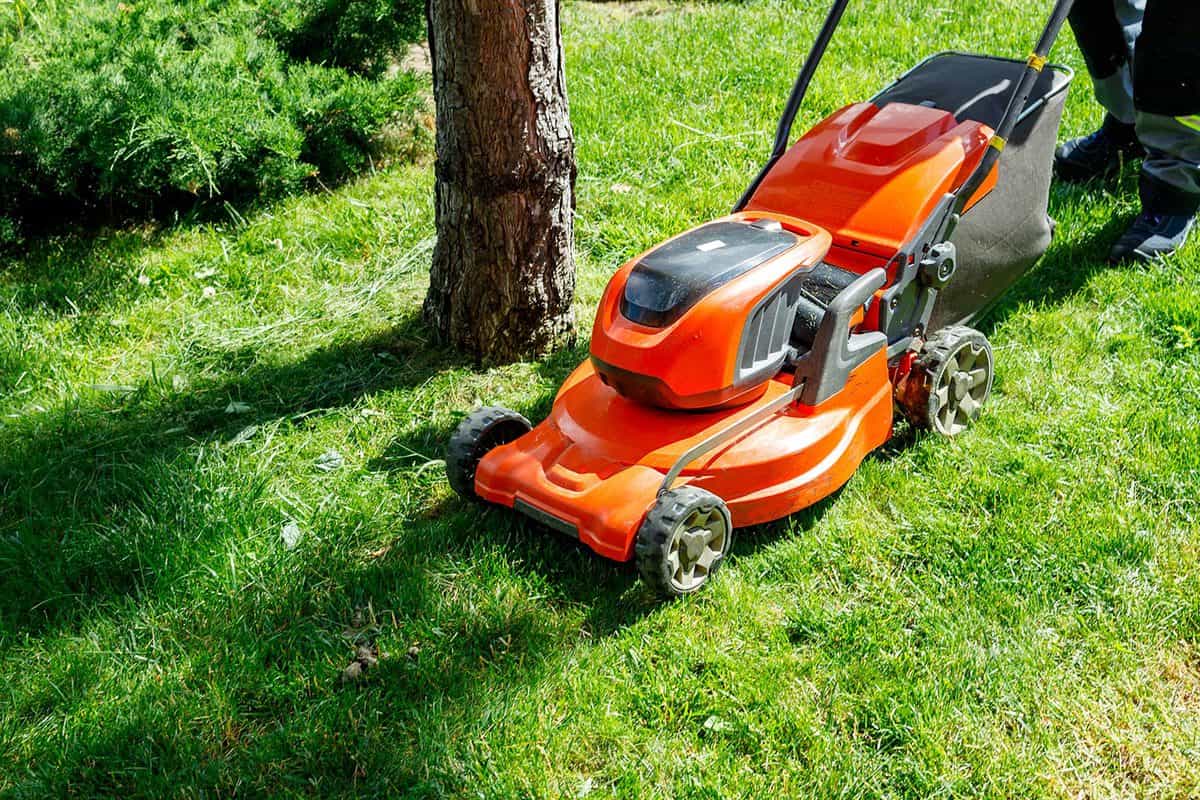
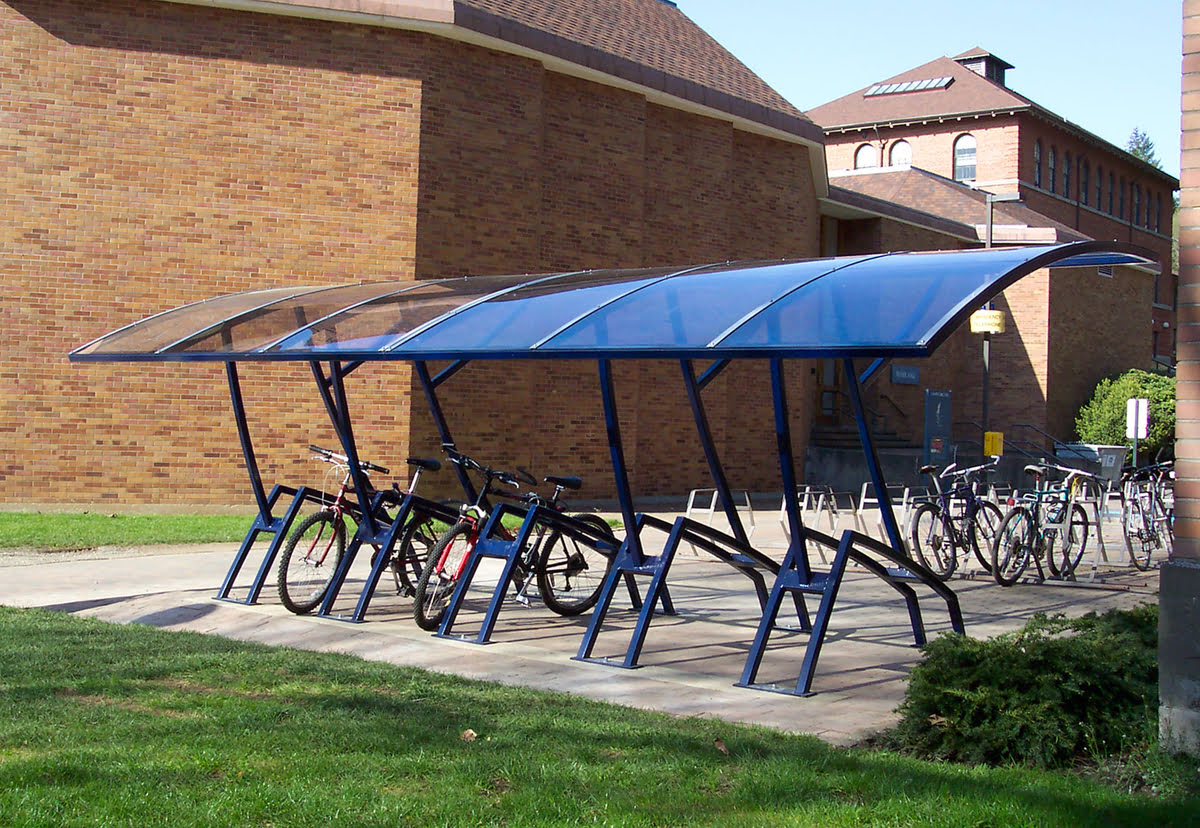
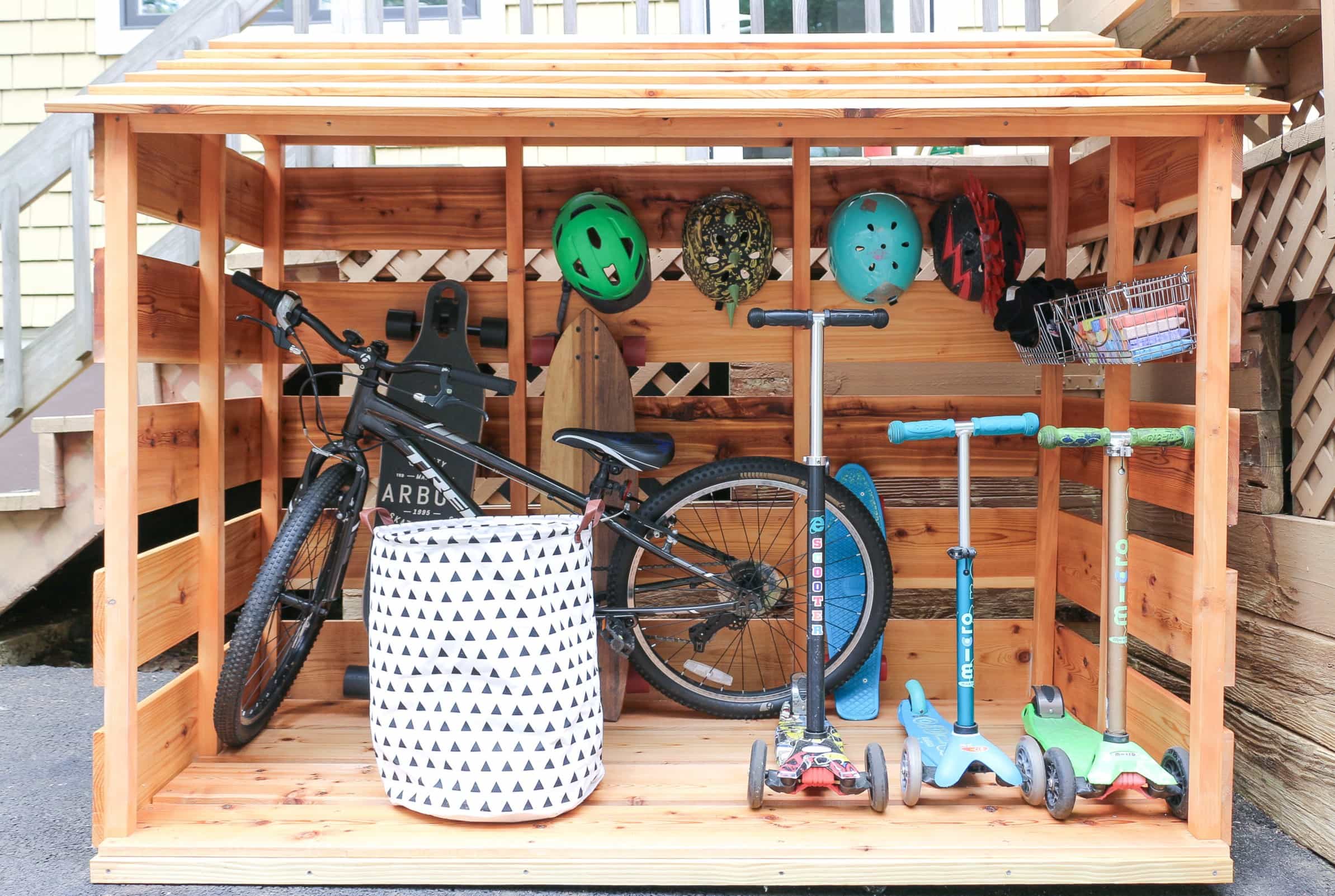
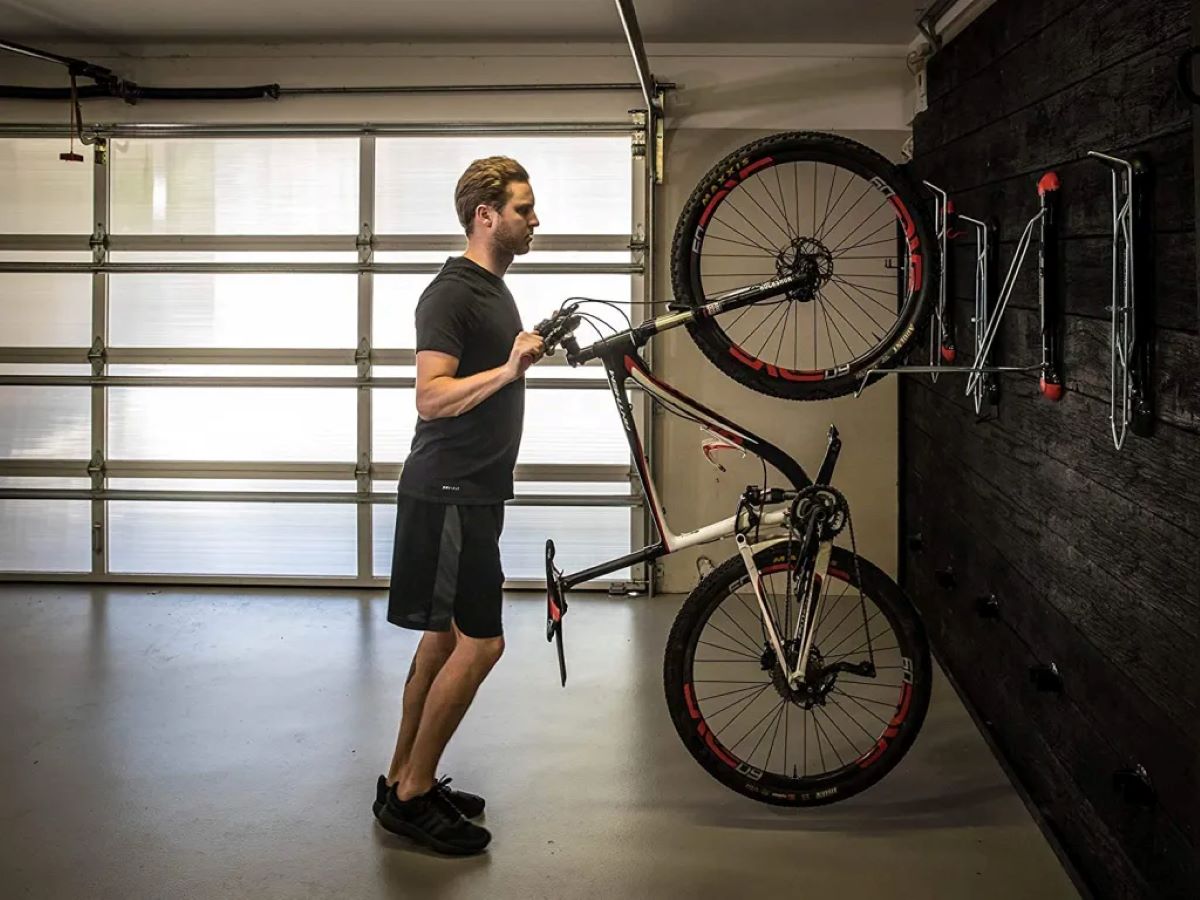
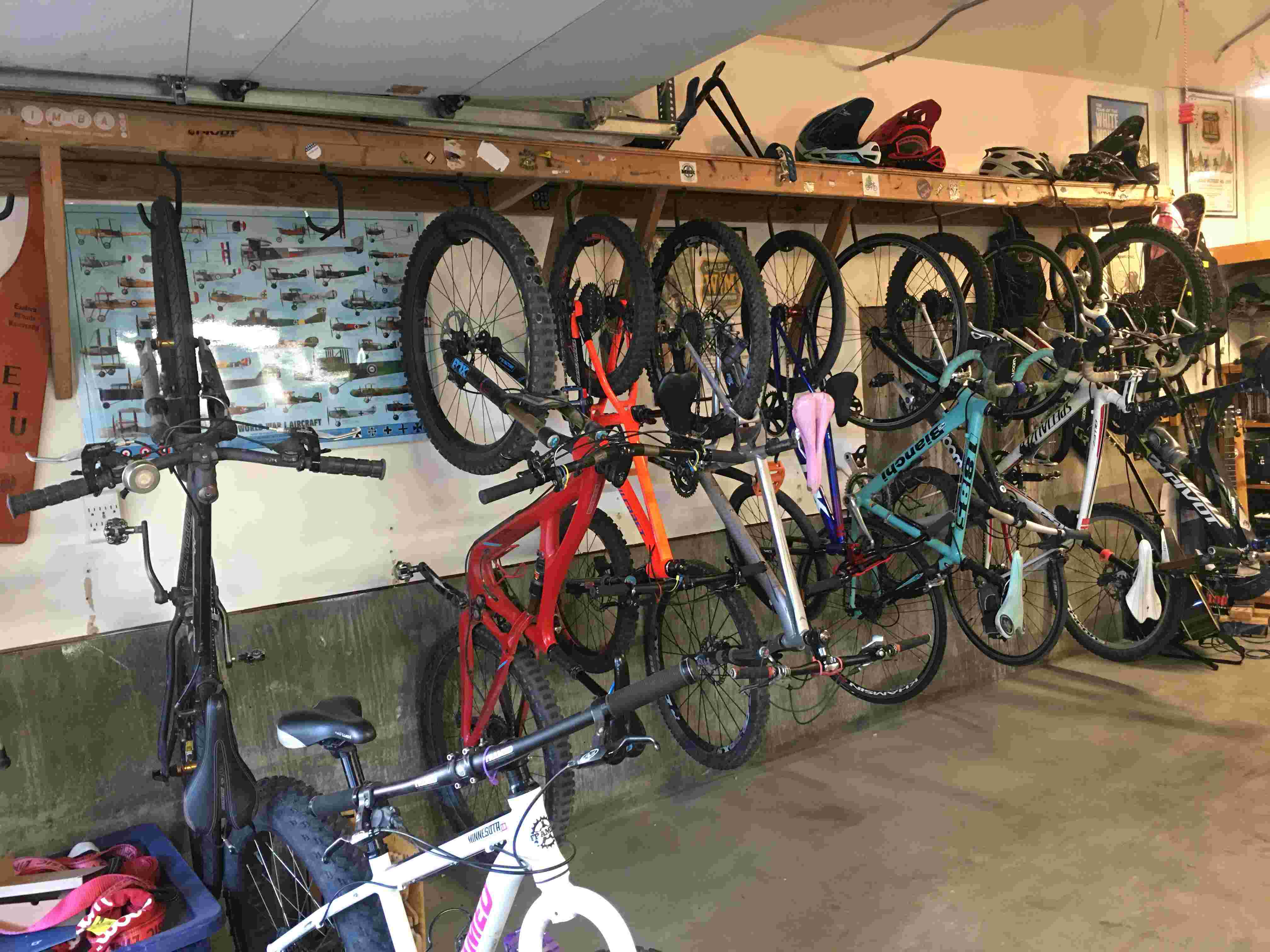
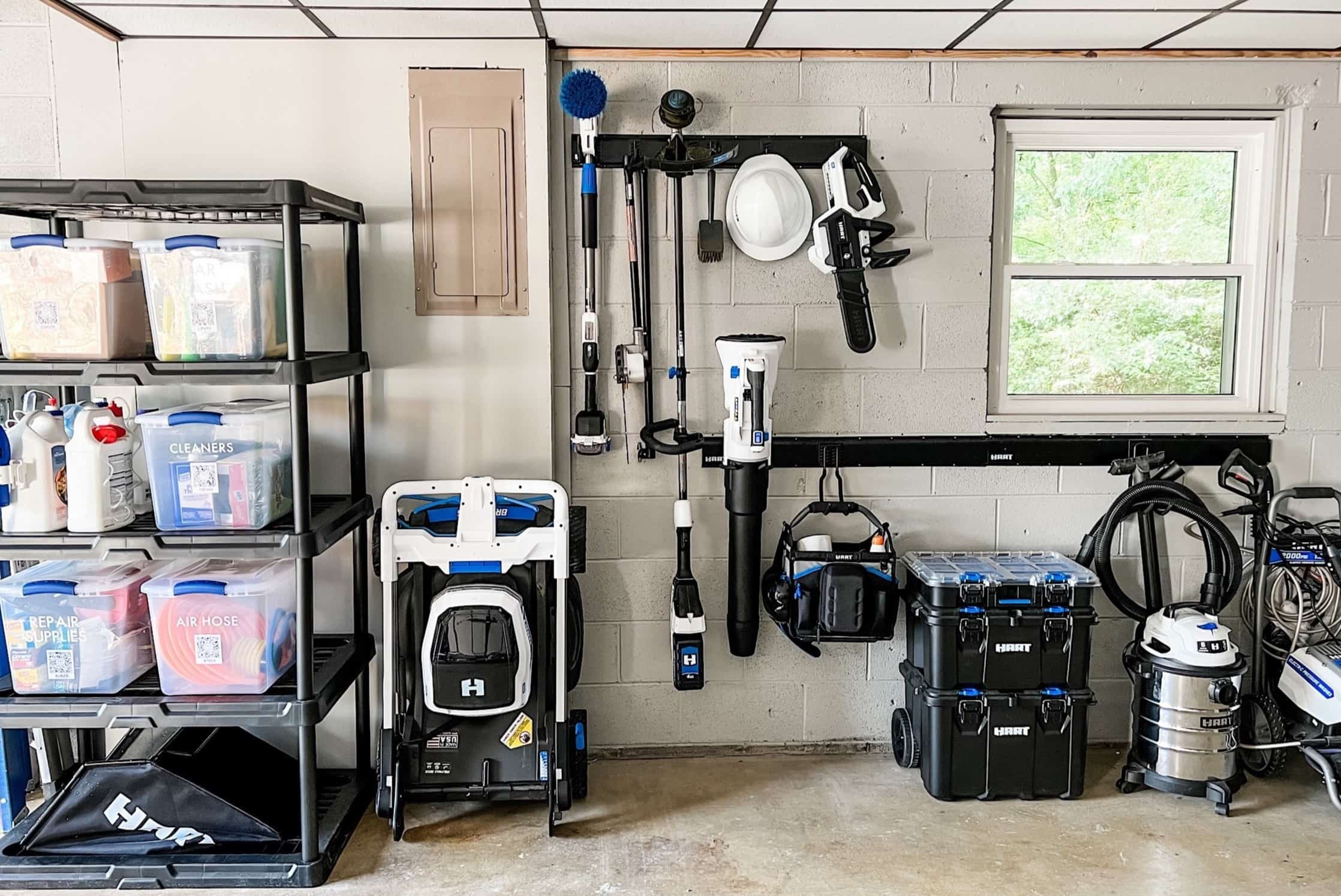

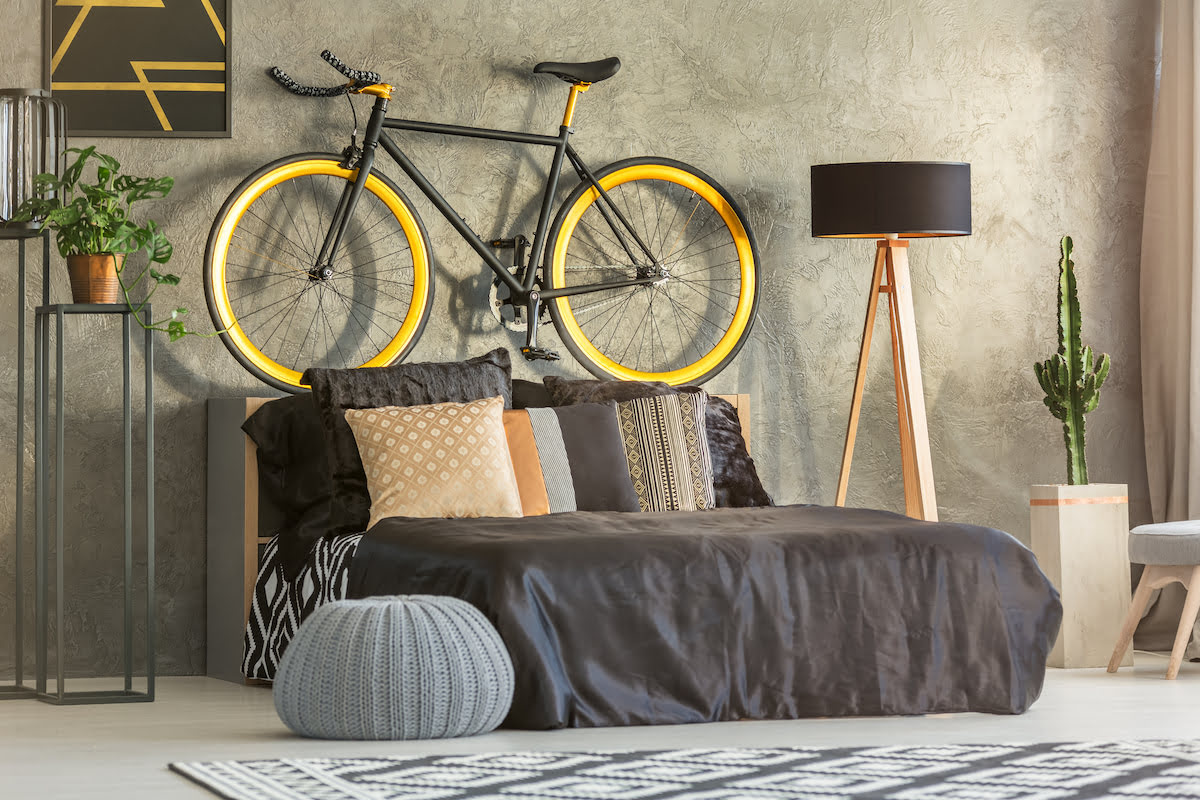
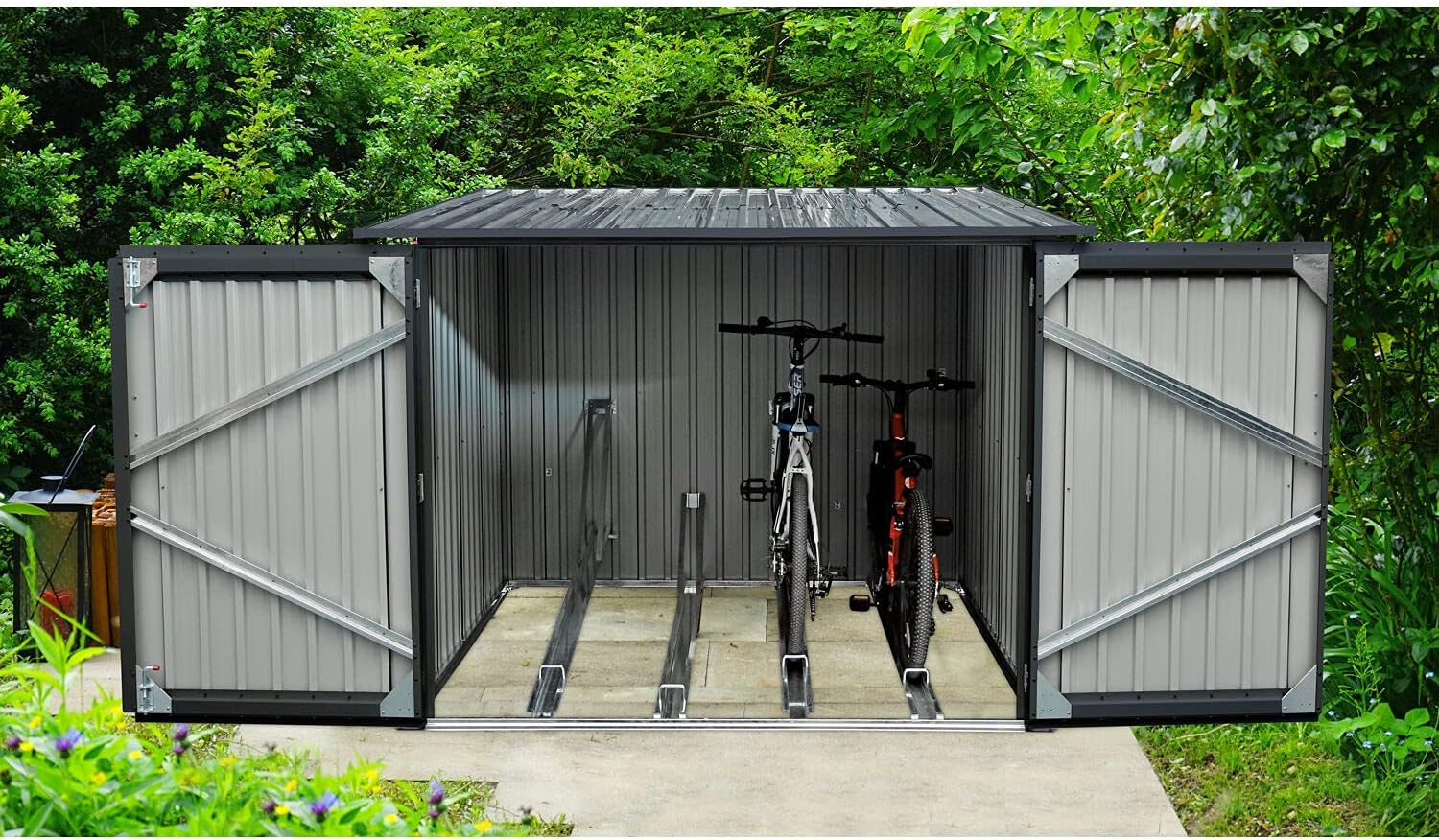
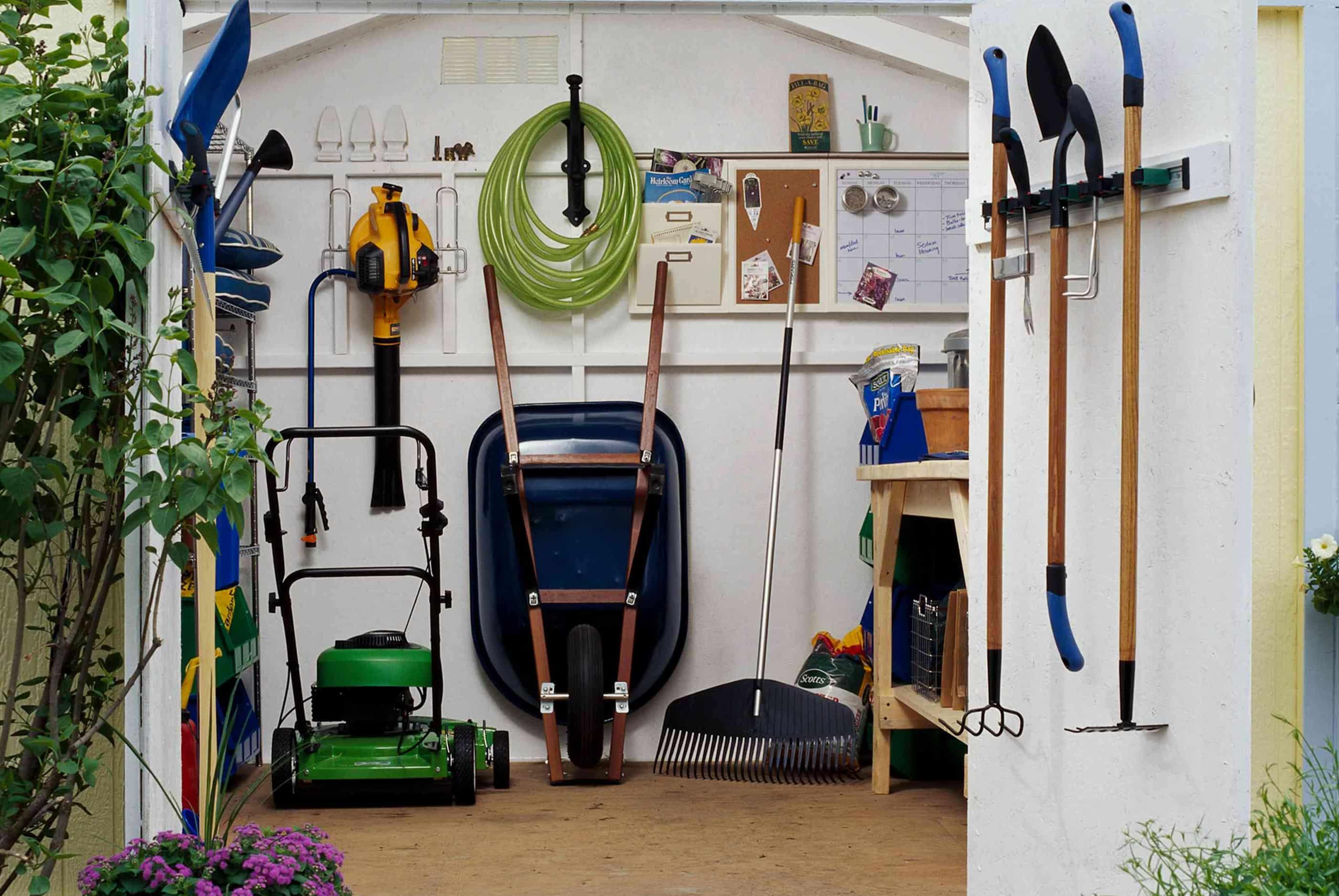
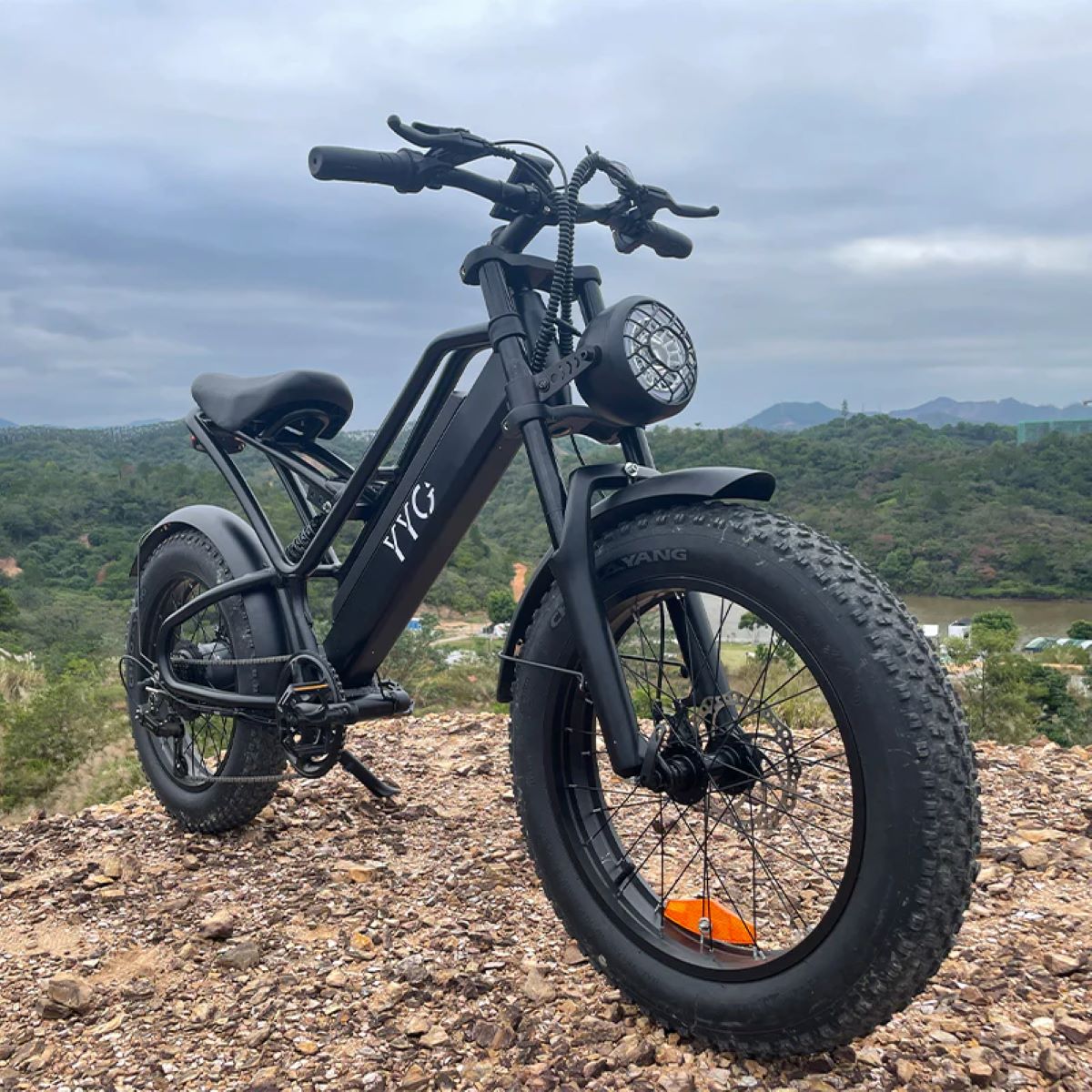
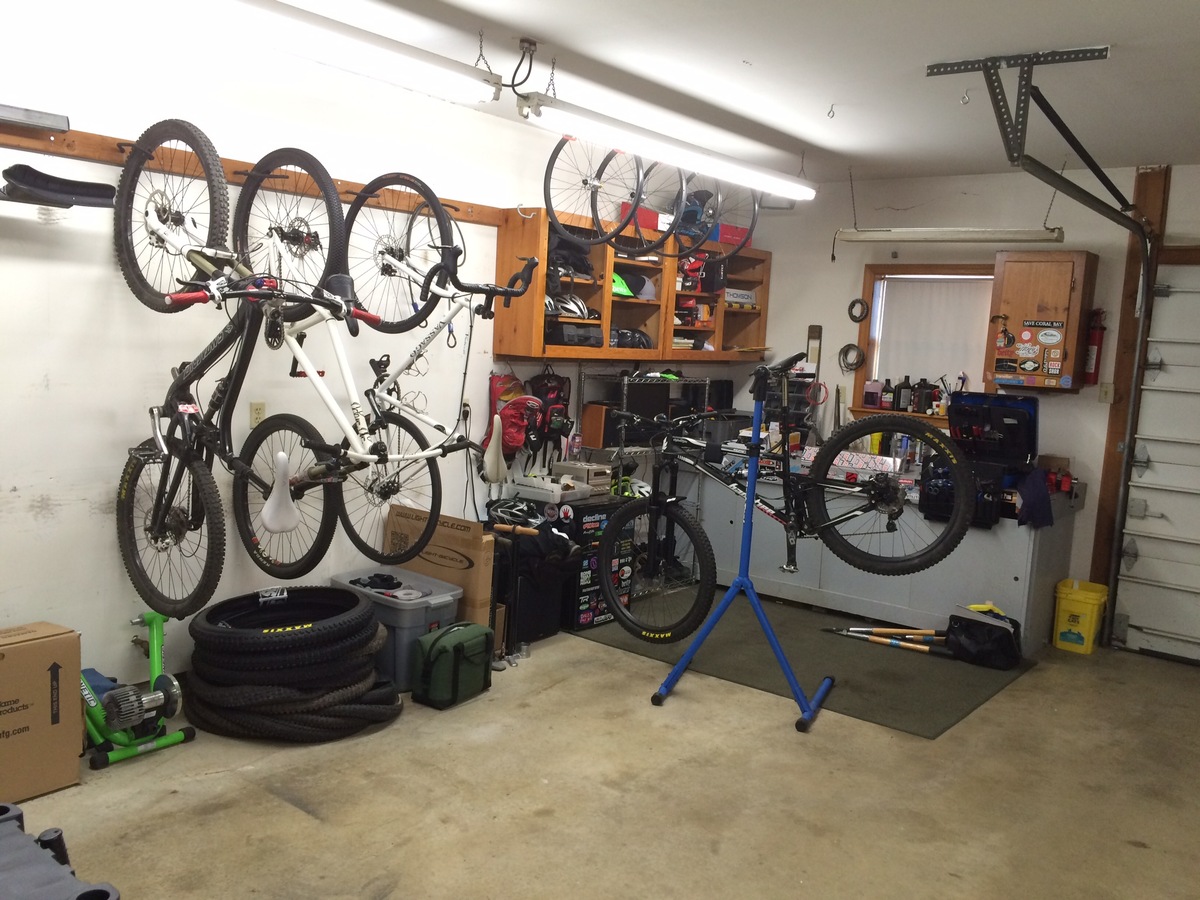
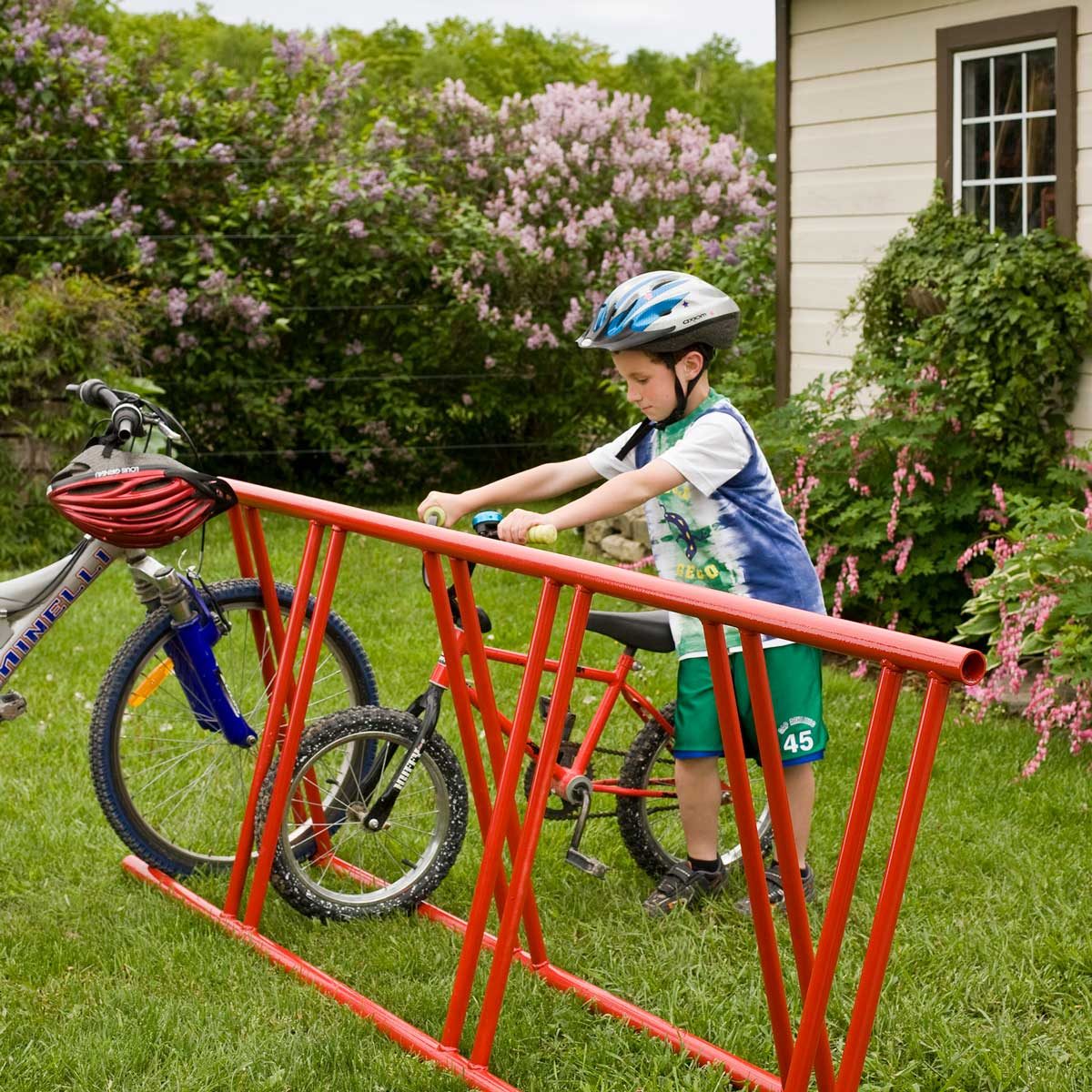

0 thoughts on “How To Store Bikes Outside Without A Shed”